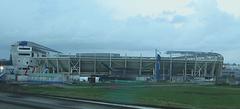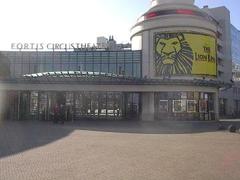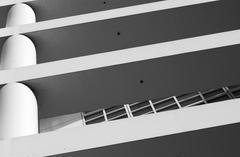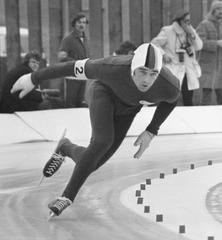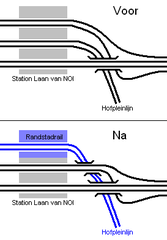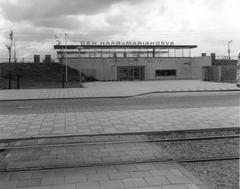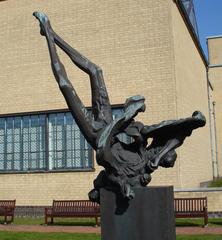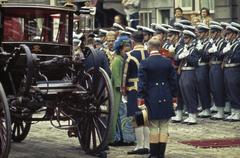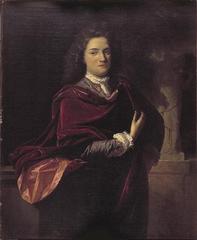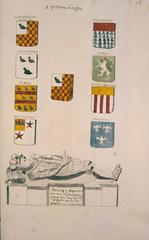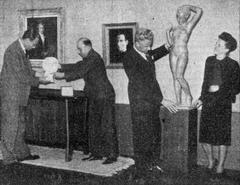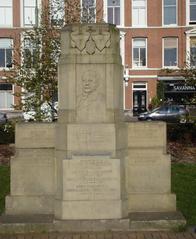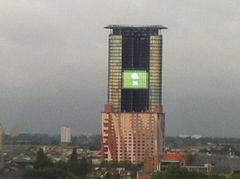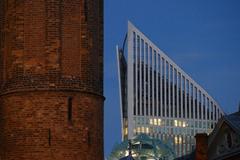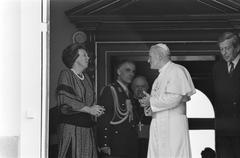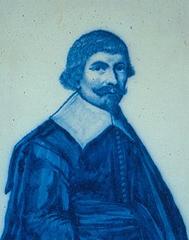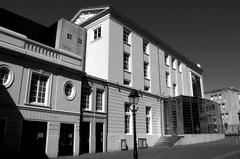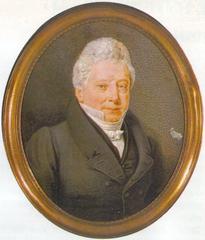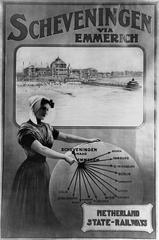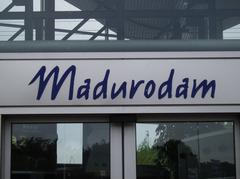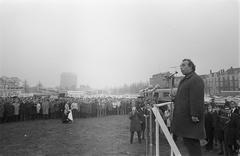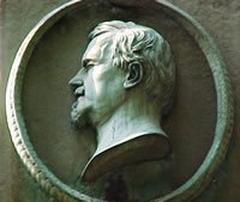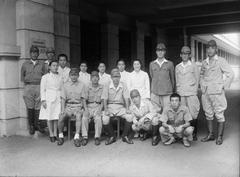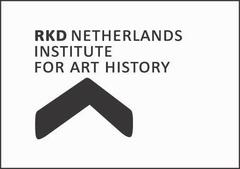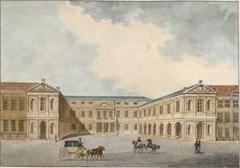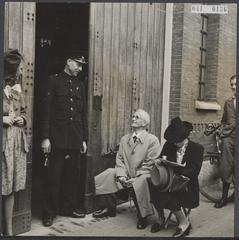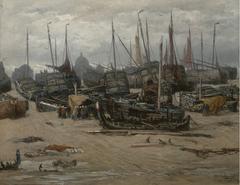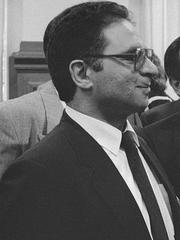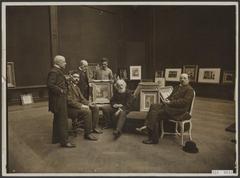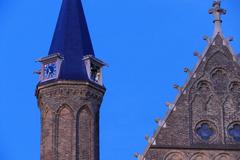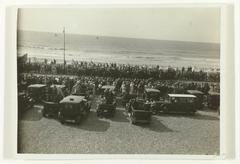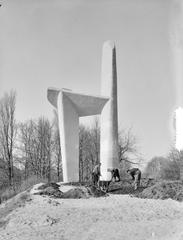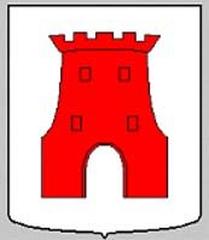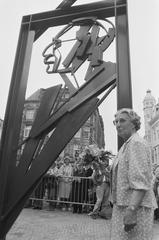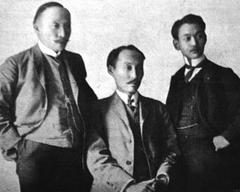
Gallery Prince Willem V: Visiting Hours, Tickets, and Historical Significance in The Hague
Date: 04/07/2025
Introduction
Nestled in the heart of The Hague, the Gallery Prince Willem V (Galerij Prins Willem V) is both a cultural landmark and a pioneering institution in public art history. Founded in 1774 by Prince William V of Orange-Nassau, the gallery was among the first in Europe to open a princely art collection to the public, embodying Enlightenment ideals of education and accessibility. Its neoclassical interiors house a remarkable collection of Dutch and Flemish masterpieces, including works by Rembrandt, Jan Steen, Rubens, and Paulus Potter. Today, the gallery stands as a testament to centuries of Dutch artistic heritage and the evolution of museum culture, serving as a satellite of the Mauritshuis and offering an intimate glimpse into the world of the Dutch Golden Age (Mauritshuis, Official Mauritshuis Website, WhichMuseum).
Table of Contents
- Origins and Historical Context
- Collection Highlights and Artistic Significance
- Architecture and Location
- A Turbulent Past: Seizure and Restoration
- Visiting Information (Hours, Tickets, Accessibility)
- Cultural and Historical Impact
- Connection to the House of Orange
- Visitor Facilities and Practical Tips
- FAQ
- Plan Your Visit
- References
Origins and Historical Context
The Gallery Prince Willem V was established in 1774 by William V, Prince of Orange, making it one of Europe’s earliest public art museums. His vision to share his private art collection with the broader public was revolutionary for its time, reflecting the cultural and intellectual shifts of the Enlightenment (Mauritshuis). The gallery’s original purpose was to educate and inspire, setting a precedent for the later development of public museums across Europe.
Situated adjacent to the Binnenhof—the Dutch seat of government—the gallery’s location symbolizes the historical interplay of art, politics, and national identity. Its foundation coincided with a period of increasing public engagement with the arts and sciences, and the gallery quickly became a focal point of cultural life in The Hague.
Collection Highlights and Artistic Significance
The gallery’s collection originally featured over 200 paintings and has grown to nearly 800 works, focusing on Dutch and Flemish masters of the 16th and 17th centuries. Noteworthy artists include Rembrandt van Rijn, Jan Steen, Paulus Potter, Peter Paul Rubens, Gerard Dou, and Adriaen van Ostade (Official Mauritshuis Website). The collection’s dense, salon-style display—paintings hung from floor to ceiling—evokes the original 18th-century presentation and allows visitors to experience art as it was first intended.
Key Collection Themes:
- Dutch Golden Age Painting: Realism, portraiture, genre scenes, and landscapes.
- Flemish Baroque Art: Dramatic compositions and mastery of light.
- Royal Portraits: Emphasizing the House of Orange’s influence on Dutch identity.
Architecture and Location
Designed by Pieter de Swart in the neoclassical style, the gallery’s building reflects the elegance of the 18th century, with symmetrical layouts and richly decorated interiors. The intimate setting fosters close viewing of the artworks and echoes the atmosphere of a private collector’s cabinet. Located at Buitenhof 33, the gallery is a short walk from the Mauritshuis and the historic Prison Gate Museum, and is easily accessible by public transport (museum.nl, denhaag.com).
A Turbulent Past: Seizure and Restoration
In 1795, during the French occupation, Prince William V fled to England. The entire collection was seized and transported to France, with many works displayed in the Louvre. While some pieces were returned after Napoleon’s defeat, several masterpieces remain lost (Mauritshuis - Wikipedia). The gallery underwent various transformations over the centuries—serving as an archive and military office—before its restoration in 1977, which restored its original salon atmosphere. Today, the gallery operates as a branch of the Mauritshuis, preserving its historical integrity and expanding its public role.
Visiting Information
Visiting Hours
- Tuesday to Sunday: 12:00 – 17:00
- Closed: Mondays and most public holidays
- Note: Hours may vary seasonally. Always consult the official website before your visit.
Tickets and Admission
- Combined Ticket (Mauritshuis + Prince William V Gallery): €19.00 (as of July 2025)
- Prince William V Gallery Only: Tickets available at the gallery desk; prices are lower than the combined ticket. Check the Mauritshuis ticket shop for current rates.
- Discounts: Museumkaart, CJP Pass, Rotterdam Pass, Rembrandtkaart, and student IDs are accepted for free or reduced admission.
- Children: Refer to the official FAQ for current policies.
- Reservations: Advance booking is recommended, particularly on weekends and holidays. Time slots help manage visitor flow.
Accessibility
- The gallery strives to be accessible, but as a historic building, some areas may present challenges. Contact the gallery ahead of your visit for detailed accessibility information (museum.nl).
Cultural and Historical Impact
As the Netherlands’ first public art gallery, the Gallery Prince Willem V played a key role in democratizing art and fostering public engagement. Its turbulent history—marked by war, loss, and restoration—mirrors the resilience of Dutch culture and the enduring value of shared heritage (Mauritshuis). The gallery’s close ties to the House of Orange-Nassau and its proximity to the Binnenhof also reinforce its importance as a symbol of national identity and governance (Royal House of the Netherlands).
Visitor Facilities and Practical Tips
- Restrooms: Available on-site.
- Cloakroom: Limited; large bags may need to be checked.
- Multimedia Tour: Free via smartphone.
- Guided Tours: Available by prior arrangement (mauritshuis.nl).
- Family-Friendly: Workshops and child-friendly tours are offered during school holidays.
- Photography: Allowed for personal use without flash or tripods.
- No Onsite Café: Numerous options nearby around Buitenhof.
Visitor Tips:
- Book tickets online to avoid queues.
- Visit on weekday afternoons for a quieter experience.
- Combine your visit with the Mauritshuis, Gevangenpoort, or a stroll through the Binnenhof.
- Plan for 30–60 minutes at the gallery; more if joining a guided tour or multimedia route.
Frequently Asked Questions (FAQ)
Q: Can I purchase tickets for the gallery alone online?
A: Single-gallery tickets are usually purchased onsite; combined tickets can be bought online. Check the official website for updates.
Q: Is the gallery accessible for wheelchairs?
A: Accessibility is limited due to the historic structure. Contact staff in advance for assistance.
Q: Are guided tours available?
A: Yes, by arrangement. Email the gallery for details.
Q: Can I take photos?
A: Photography for personal use is allowed without flash or tripods.
Q: When is the best time to visit?
A: Early weekday afternoons tend to be less crowded.
Plan Your Visit
- Address: Buitenhof 33, 2513 AH The Hague, Netherlands
- Phone: +31 (0)70 302 3435
- Website: mauritshuis.nl
- FAQ: mauritshuis.nl/en/contact/faq
For the most current details on opening hours, ticket prices, and exhibitions, always refer to the official website.
Summary and Visitor Recommendations
A visit to the Gallery Prince Willem V is a journey through Dutch art history, political legacy, and the enduring ideals of public culture. The carefully preserved salon-style setting, proximity to The Hague’s most significant landmarks, and accessible visitor services make it an essential stop for anyone exploring the city. For the best experience, book ahead, take advantage of guided tours, and plan extra time to enjoy the surrounding attractions. Stay informed about events and updates by downloading the Audiala app or following the gallery on social media (Mauritshuis, Official Mauritshuis Website, WhichMuseum).
References
- Gallery Prince Willem V, Mauritshuis, 2025
- Official Mauritshuis Website, 2025
- WhichMuseum, 2025
- Mauritshuis - Wikipedia, 2025
- Royal House of the Netherlands, 2025
- Museum.nl, 2025
- DenHaag.com, 2025
- Codart Guide, 2025


